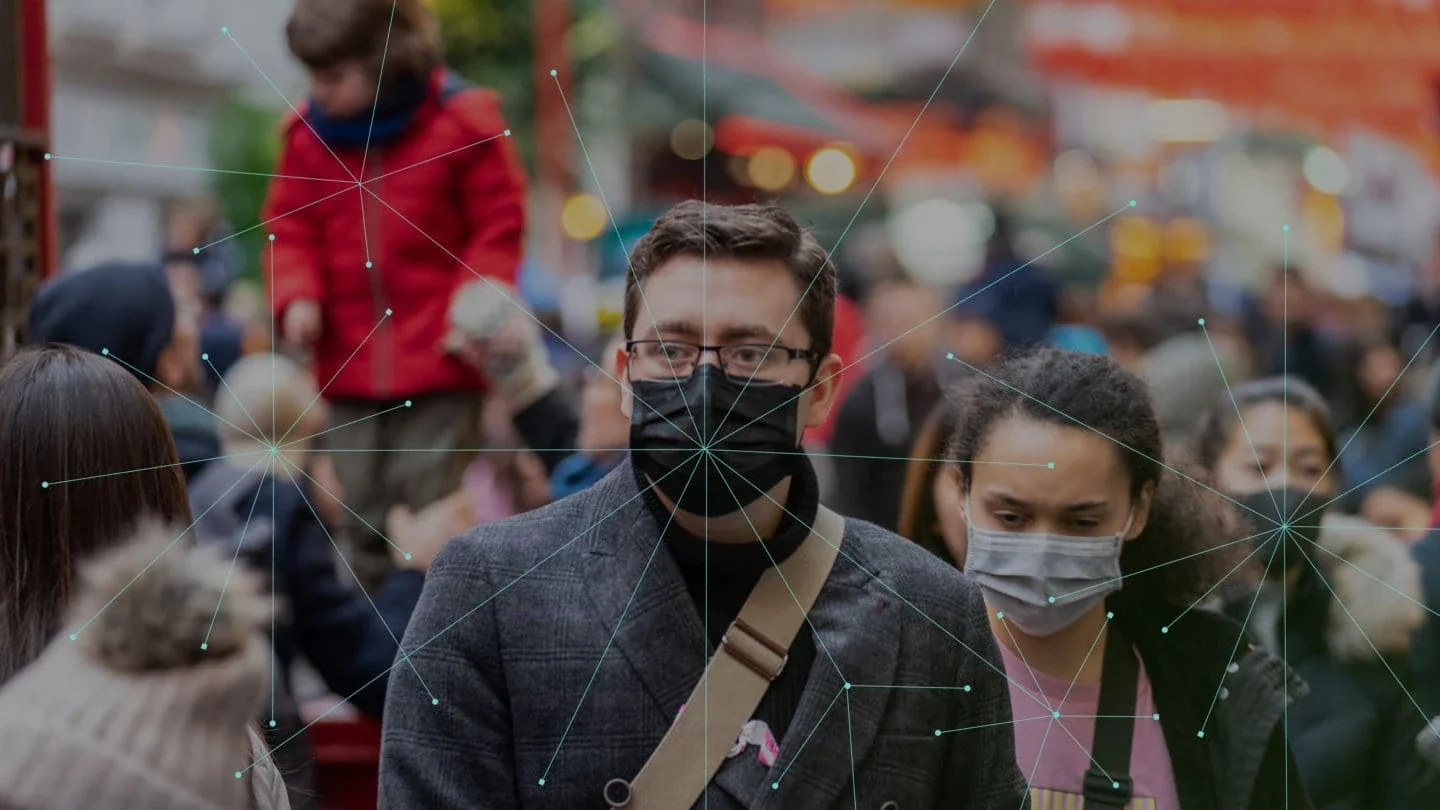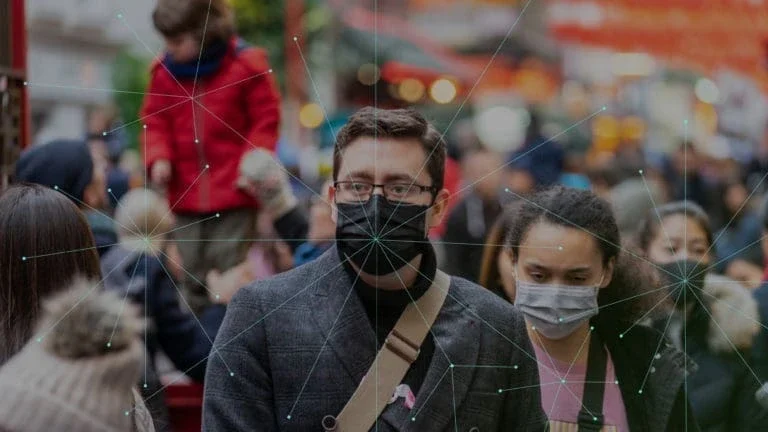The Covid-19 pandemic has exposed deep inequities and vulnerabilities in even the world’s most advanced economies just as it tests our collective abilities to respond. Government, as well as private companies and foundations, must now wrestle with both a viral menace and a cratering economy, with hundreds of millions of people around the world now out of work and in need of essentials. Dexterity, innovation, and speed are of the essence.
This is why we are exploring how best to leverage The Rockefeller Foundation’s impact investing resources toward projects that will speed recovery from the crisis and ensure a sturdier future for vulnerable communities and businesses. We are doing this through our Impact Investment Management (IIM) hub, created in 2018 to aggregate and deploy catalytic capital at scale. The first fund under IIM’s management, the Zero Gap Fund—launched through a partnership with The John D. and Catherine T. MacArthur Foundation as part of the Catalytic Capital Consortium—serve as a core pillar of the team’s COVID-19 response strategy.
The Foundation was an early pioneer of impact investing, and its current mandate focuses on catalyzing new models to mobilize large reservoirs of private investment capital for the social good.
The Zero Gap Fund specifically seeks innovative financial structures that can mobilize large-scale private investments to address global development challenges. The fund is sector agnostic, geography agnostic and highly flexible in the asset classes in which it invests.
In just months, the pandemic has laid bare many of the fragilities of modern life. Even before the shutdown, households in the bottom fifth of the income scale in the US had actually seen their total financial assets fall by a third since the last recession. Around four out of 10 households didn’t have sufficient means to withstand a $400 emergency expense.
Since the shutdown, the devastation among small businesses has been so severe that the federal government’s initial $350 billion emergency loan program—a key part of the $2.2 trillion rescue package—was exhausted in just over a week. Congress swiftly approved another $310 billion in new loans, but some business advocates say even that may not be sufficient to meet the need.
At the same time, the mass closing of schools and the need for at-home education has amplified the national divide over internet access. By some estimates, around a third of American households—mainly in rural areas—do not have broadband internet access. Many families in well-serviced cities cannot afford wireless services. Lack of access to internet services makes at-home schoolwork nearly impossible in many settings.
The Foundation’s IIM team is actively sourcing transactions to address some of these needs. We are prioritizing investments that are linked to COVID response, recovery, and resilience while retaining our commitment to innovation and scale.
Early transactions in the pipeline include:
- A revenue-based lending platform targeting minority and women-owned businesses in the United States.
- A crowd-funding platform that is mobilizing needed capital for Community Development Finance Institutions (CDFIs) who are on the front lines of providing liquidity for small businesses.
- A proposal to leverage existing community-owned electricity companies to provide broadband to rural communities most impacted by widespread orders to shelter in place.
New ideas and proposals continue to pour in, and we welcome more. It is imperative that we adhere to our mission of backing sustainable projects with the ability to scale across multiple regions or states. At the same time, we intend to move expeditiously, with an eye toward finalizing the first set of investments within a matter of months.
This is in keeping with our wider mission to do all it takes to help communities in need respond and recover from the current pandemic. As Dr. Rajiv J. Shah, The Rockefeller Foundation’s president, said in his annual letter, “Meeting this moment will take all of us working together to overcome the crisis and resolve the deeper inequalities it has exposed.”
Related Updates

